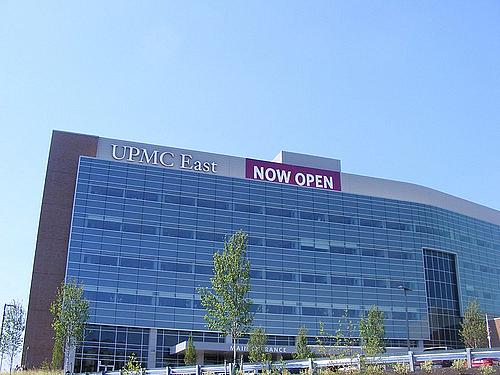Exploring the Role of Non-Profit, Academic Health Centers in the Community

This past fall, a colleague at the Pittsburgh Post-Gazette, Jonathan D. Silver, and I completed a long look into the land buying and selling practices of our region's largest healthcare organization, UPMC.
Formerly known as the University of Pittsburgh Medical Center, it was well known that UPMC had grown into a nationally-ranked hospital system - currently 10th on the U.S. News & World Report list of best hospitals - and that it had become our region's largest employer. But what was less known, and what we were surprised to find, was that it had also become the owner of the most valuable collection of property in Allegheny County.
In our four-part series we explored how UPMC became the richest owner of property in the county, and how that land control affected the neighborhoods and towns where it had a large presence.
The series raised many more questions about how large, non-profit, academic health centers like UPMC function in the communities where healthcare is increasingly consolidated, leaving fewer players with control not just of large amounts of land, but healthcare options.
For my 2013 National Health Journalism Fellowship project, I will explore another aspect of how leading, non-profit, academic health centers function in the community, not just here in Pittsburgh, but nationally.
For competitive reasons, I don't want to say much more about it currently, but my hope is to not only give the broadview - how hospitals here in Pittsburgh compare to those in other cities - but how this issue plays out on the ground, for the people who depend on these institutions for everyday care and to be there when catastrophes strike.
Image by 90.5 WESA via Flickr

